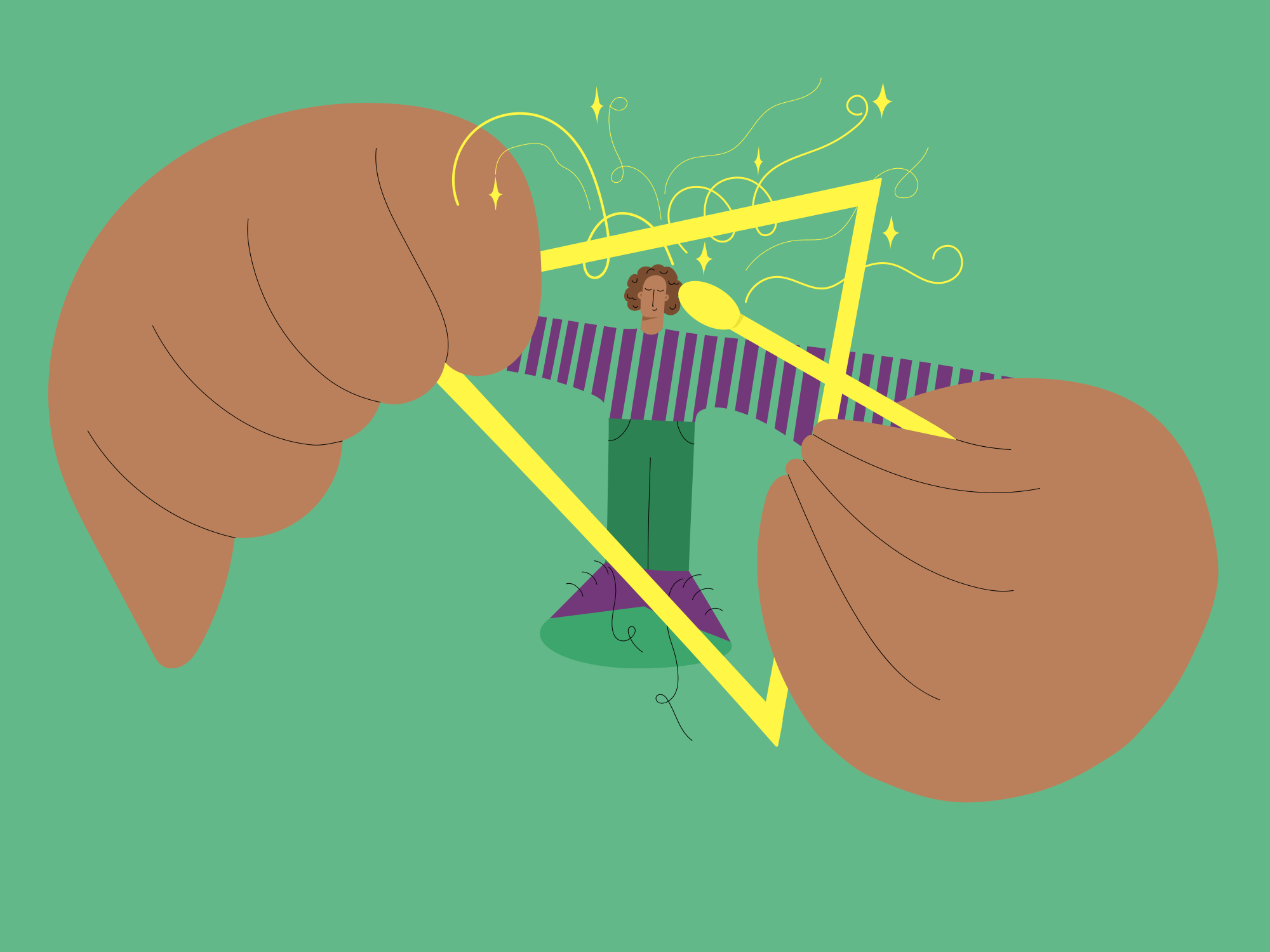How to Talk About Your Art in a Grant Application
Grants | Tips and Tools | Arts | Writing
For creative people, text boxes with harsh word limits (or god forbid, character limits) are public enemy no.1. Distilling a deeply personal, evolving artistic journey into a few hundred characters can feel like an emotional and creative abyss—one that you can easily pour hours into with unsatisfying results. From our point of view (as a fiscal sponsor for artists that reviews thousands of grant applications per year), we have a few (humble) recommendations for making the writing process more fulfilling and framing your work to resonate with potential funders.
Hello, Emotions
One of the greatest challenges in grant applications is capturing the emotional depth of your work in limited space. Artists pour their heart and soul into their practice, developing intricate, often intangible elements that grow and shift over time. Reducing this richness to a brief summary can feel like diminishing the very essence of your art.
To overcome this emotional hurdle, start by acknowledging that the written application is a tool, not a representation of the entirety of your work or your worthiness as a human. Remember, it’s a means to an end: to secure funding that can support your creative process. Approaching the application with a clear head and detaching emotional weight from the practical task at hand can help you take the perspective of your prospective funders. You can always return to your art later to delve deeper into its emotional aspects : )
In Applications, Simplicity is Underrated
Another potential stumbling block for artists is the temptation to dive into academic, theoretical language when describing their work. While it might feel natural to present your practice in a scholarly manner—especially for artists who took out a truckload of loans to get a degree—this can alienate many funders.
Grant committees often consist of a diverse group of individuals, including philanthropists, business professionals, and art enthusiasts who may not share an academic background. Overly complex, theoretical descriptions can come across as inaccessible, preventing your message from resonating with everyone on the committee.
Instead, focus on clear, concise language. Communicate the essence of your art in straightforward terms, and don’t be scared to describe one artwork or project in detail before talking about your practice at large. Describing your work's narrative, thematic elements, and goals in a direct way can help convey its importance to both specialists and laypeople. By grounding your language in concrete, relatable terms, you make your entire practice feel more accessible and appealing. Ultimately, you want the application to serve as an inviting doorway into your work, rather than an intimidating drawbridge over a moat of overly philosophical crocodiles.
Tips for Staying Focused, from Fellow Creative Thinkers
Navigating grant applications can be daunting if your mind is naturally creative, curious and expansive (*raises hand slowly, gets distracted by beautiful ray of light*). Here are some strategies for infusing your writing process with more clarity and ease:
- 🐿 Identify the Purpose Before you start writing, revisit the specific goals of your grant application. Is the funding intended to support a particular project, a body of work, or an exhibition? Center your language around these goals, shaping your narrative to reflect how the funding will directly contribute to your artistic endeavors.
- 🌍 Know Your Audience Research the funders and their interests. Some grant committees prioritize work that aligns with specific social or cultural goals, while others support innovation and artistic exploration. Tailor your language to resonate with the funders' values and priorities, demonstrating how your work fits into their vision. If you’re lucky, you can even schedule an appointment with a Program Director to learn more about emerging priorities for this funding round.
- ⭐️ Highlight Achievements While avoiding overly technical language, don’t shy away from showcasing your achievements. Mentioning exhibitions, awards, and significant milestones can illustrate your progress as an artist!
- 🛤 Illustrate the Context Somewhere within this narrative, you can be direct about how this funding in particular will help your practice grow and why now is the right time for an influx of resources. Whether your art addresses social issues, enriches cultural discourse, or contributes to the art world in unique ways, funders want to hear about the broader impact of your work—and by extension, the impact their funding could have in the world.
- 🪄 Stay True to Your Voice While clarity is essential, maintaining an authentic voice is equally important. Articulate your passion, drive, and motivations in your own words, allowing your individuality to shine through. A personal touch can make your application stand out, giving funders insight into the artist behind the work.
- ✏️ Revise and Refine Once you’ve drafted your application, set it aside for a day or two. Revisit it with fresh eyes, refining awkward phrasing and clarifying any ambiguities. Consider having a trusted friend, mentor, or collaborator review it, providing an outside perspective that can identify areas needing improvement.
Finding Your Own Way
Navigating the world of grant applications can be a challenging yet rewarding journey for artists. Balancing emotional depth with concise, accessible language is key to effectively communicating your artistic journey and securing funding. By avoiding academic jargon, focusing on your goals, and refining your language, you can craft an application that resonates with funders and improves your odds of securing funding for your ongoing artistic endeavors. Ultimately, remember that this process is a stepping stone to furthering your practice, opening doors to new opportunities, creative exploration, and a deeper understanding of your creative work.
About Fractured Atlas
Fiscal sponsor, fundraising platform, educational resource, advice from a staff of experienced artists & creatives. We’re rooting for you!


